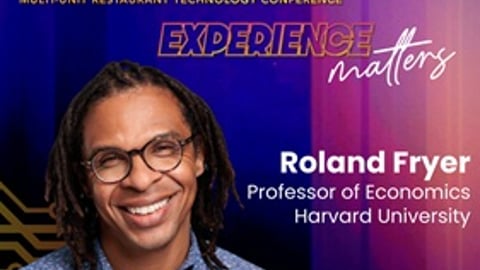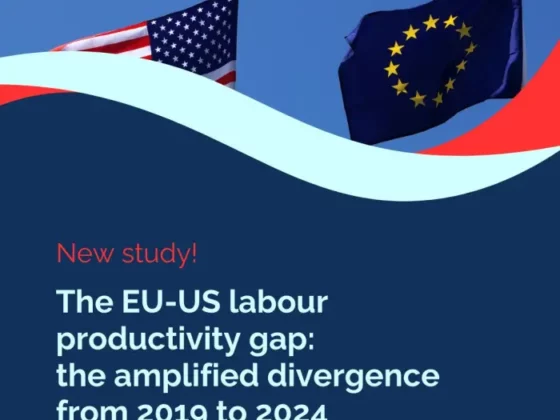
HT caught up with Roland Fryer, an economist at Harvard University and co-founder of Sigma Square. At MURTEC, Fryer is delivering the 2025 Economic Outlook for Restaurants on Tuesday, March 11, from 2:50–3:30 PM.
HT: It’s been a few years since we’ve had an economist on the MURTEC stage, and we’re thrilled to welcome you! With the potential changes that come with a presidential administration shift, we thought this would be the perfect time for you to share your economic insights and forecasts for restaurants – and perhaps the broader hospitality industry – in 2025 and beyond.
What inspired you to become an economist?
Fryer: In college, I took a Principles of Economics course taught by the university’s former president. From my very first class, I was hooked. Professor Amacher held office hours at 7 a.m. twice a week—which I now realize, as a professor myself, was a trick—but to his surprise, I showed up every Monday and Wednesday morning. We debated everything imaginable using basic economic reasoning: welfare policies, integration, car prices, labor demand in restaurants—you name it.
Sitting in Professor Amacher’s office, I learned how incentives drive behavior. To an economist, people don’t commit crimes because they lack morality – they do so because the benefits outweigh the costs. That perspective gave me clarity for the first time in my life. Growing up as a young man facing challenges, I finally saw the world in a way that made sense. Since those early days, I have searched for that same clarity in education reform, policing, health care, or labor dynamics.
HT: What’s your experience with the restaurant and hospitality industry?
Fryer: My mother was a shift manager at McDonald’s, and apparently, I was nearly born there! My own experience in the industry started when I was 14—I even forged my birth certificate to land a job at McDonald’s. That was the first of many frontline jobs I held in restaurants and hospitality, including Pizza Hut, KFC, Albertsons, and Golden Corral.
A couple of summers ago, I revisited those roots by interviewing dozens of store managers about their biggest challenges in hiring and retaining talent. I was shocked to learn that many brands are still using the same ineffective hiring strategies I heard our managers talking about in 1991. High turnover, a shortage of talent for management positions, and the headaches of scheduling were recurring themes. When I was 14, managers would hire anyone who walked in at the right time, only to be surprised when they weren’t high performers. The same pattern still plays out today.
The difference now? Corporate offices recognize the problem and are motivated to solve it.







